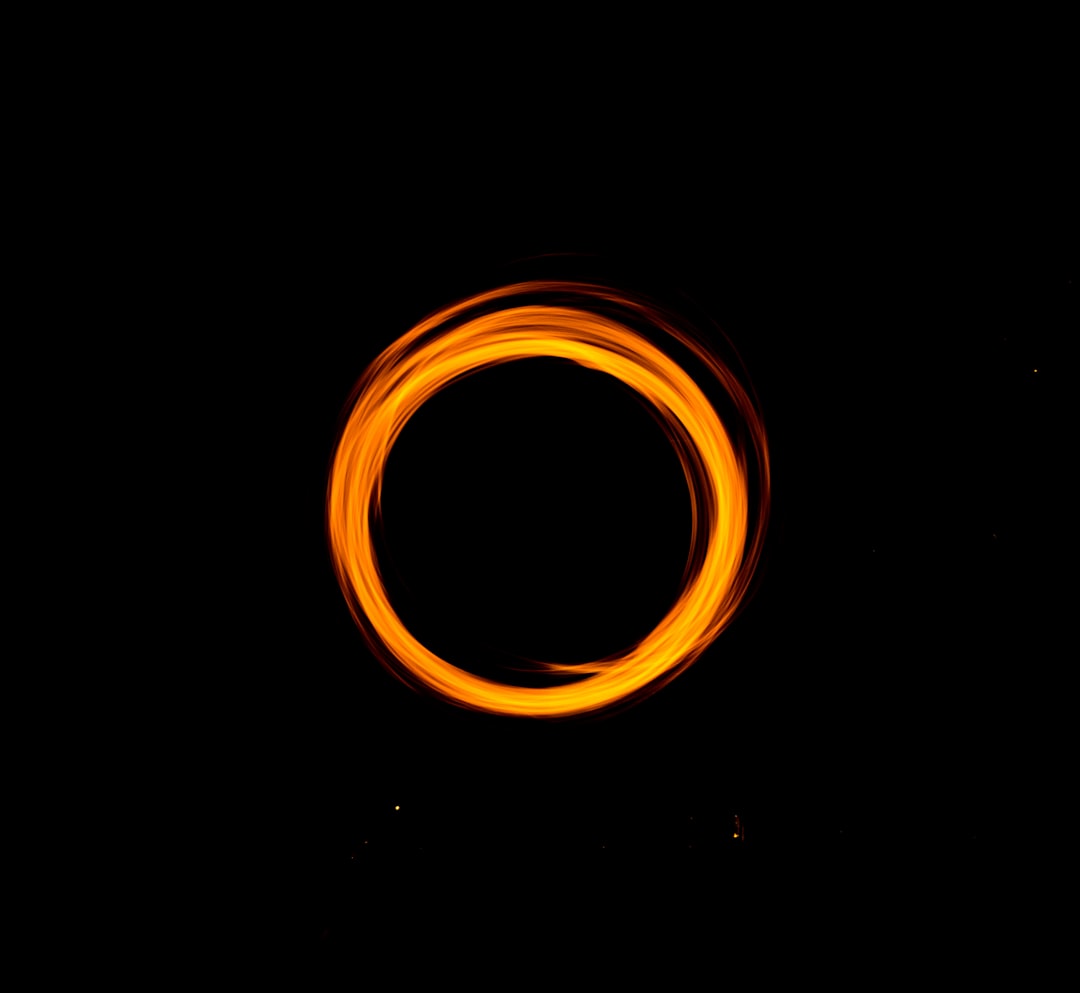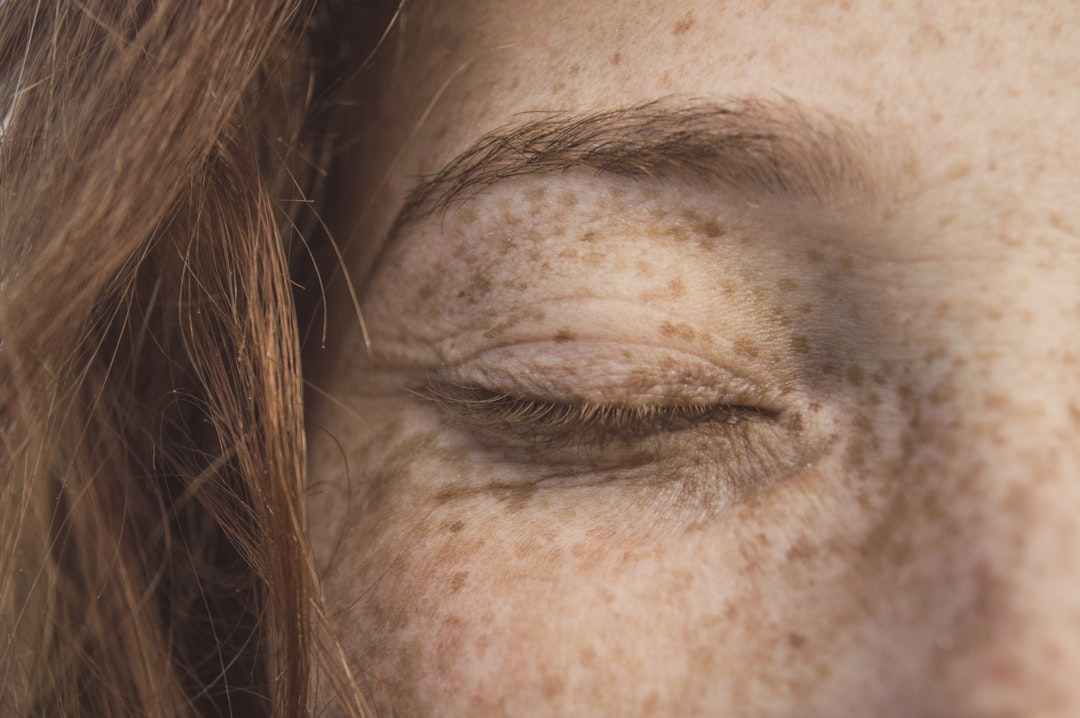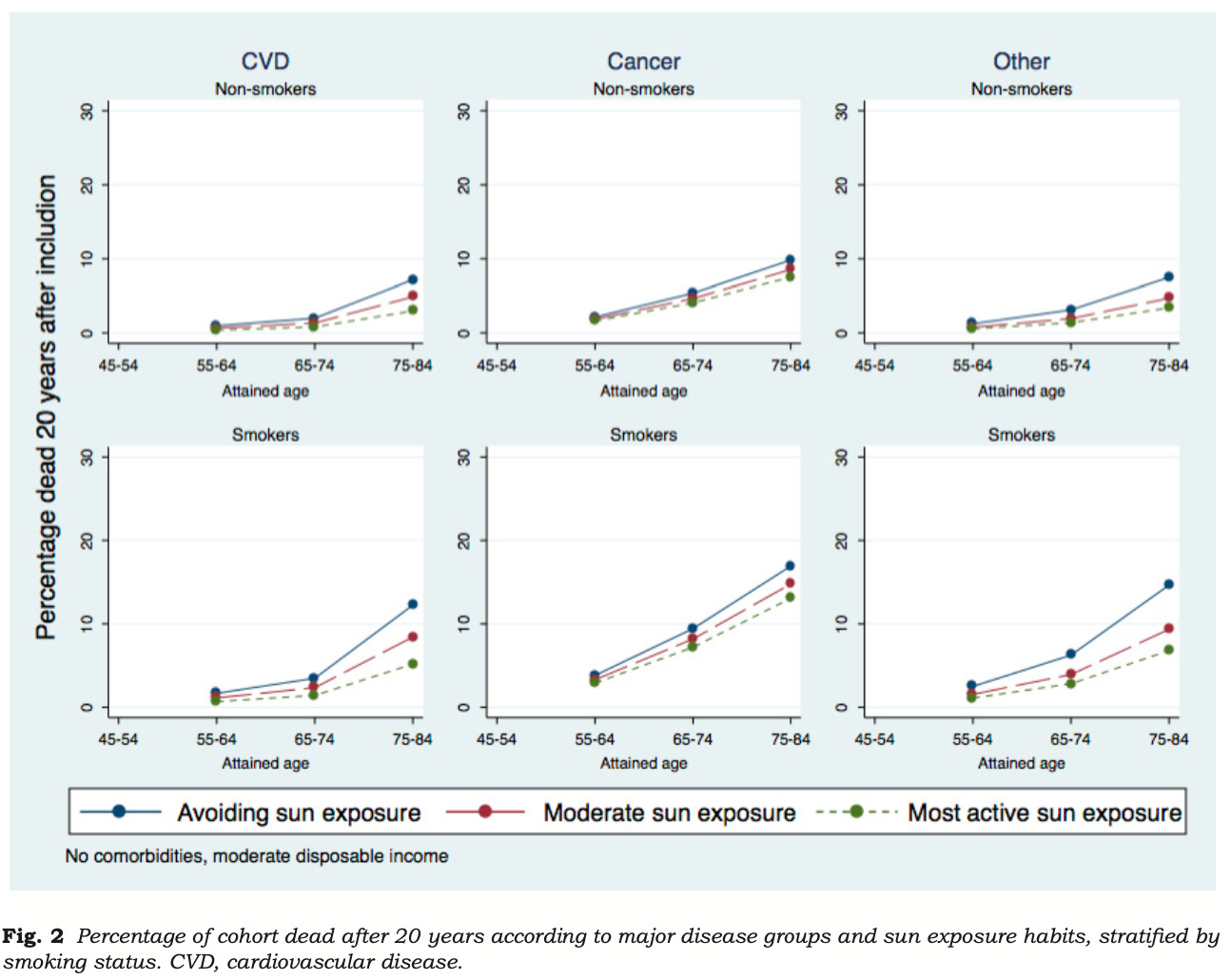The Best Investment In Your Health is FREE.
And, it's the same health hack your Doctor advises AGAINST.

I often see people asking something along the lines of
What’s the best investment you’ve made for your health?
What’s the best lifestyle change to improve your health?
Or, some such variation of these questions.
Many probably expect to hear something related to…
Exercise
Diet
Vitamins & supplements
But, all of these things are more or less trivial until you solve the most important aspect of your life…which happens to be related to two important determinants of optimal health and vitality.
These are Circadian Rhythm and Sunlight Exposure.
Circadian rhythm refers to the body’s natural day-night cycle. In the case of humans, this is a 24-hour cycle.
Like most living things on earth, humans are supposed to rise and rest with the Sun. Of course, in nocturnal animals this pattern is inverted. However, they too must adhere to their natural circadian rhythm.
Of course, you cannot entrain a circadian rhythm without the Sun. These two elements are integrally tied to one another. This relationship highlights the integral importance of getting sunlight.
Before we proceed, we need to address the two most common concerns about sunlight exposure.
Skin cancer…by which people typically refer to melanoma, since the other forms are easily removed and usually not of great concern.
This article will in large part address the population level data around sunlight and melanoma. But, for a more in-depth analysis…check out this article:
Sunburns. This is a reasonable concern, and one easily prevented:
Moving on…
Sun Exposure, Mortality & Autoimmune Disease
Recently, I wrote an article critical of the concept of autoimmune disease.
I did my best to try to make a rather convoluted concept as clear as possible, especially since the argument I am making is very much counter-narrative from the perspective of modern medicine. Shocking, I know.
Most people appreciated or understood the point, bless them.
But, there were some…including some doctors (including the one mentioned in the article)…who continued to demonstrate just how entrenched he was in the cognitive landscape in which he was educated.
He made one rather snarky comment, which I’m sure he thought was a legitimate rebuttal. Something along the lines of “when you find the cure for Type 1 Diabetes, let me know.”
It seems like he’s long since deleted it, or I just can’t find it.
But, his point has been echoed by many before him. It is a call to the archetypal autoimmune disease, to support his view.
Type 1 Diabetes is known as an autoimmune disease, since it manifests in children and is characterized by “auto-antibody" facilitated destruction of pancreatic cells (beta cells of the Islets of Langerhans) which produce insulin.
But, there are some very interesting facts about many of these “autoimmune” diseases. Not just the many cases of people who have cured their autoimmune disease with lifestyle change - myself included.
For example, many autoimmune diseases increase in frequency as you get further away from the equator. The archetypal disease with this pattern is Multiple Sclerosis - also considered “autoimmune.”
Which brings us to a very interesting article from Lindqvist et al concerning sun exposure, cancer, and mortality.
Let’s take a look.
In this article, the authors analyzed a very large dataset from Sweden consisting of 20-year followup data from 29, 518 Swedish women. Women were recruited from 1990 to 1992, from ages 25 to 64 years. On this data, they made several interesting analyses.
To get an overview of their analysis, I believe Figure 2 is quite illustrative:
You can see all the ways in which they have looked at this dataset from this figure alone. On the X-axis you can see the age at which the person was enrolled in this study. On the Y-axis is the percentage of participants who had died by end of the 20-year follow-up period. Each column shows the likely cause of death: cardiovascular disease (strokes and heart attacks), Cancer, or Other (not cancer or cvd). The rows are stratified by risk factors, in this case it’s smoking status.
From this figure we have many interesting observations:
The lowest risk of mortality was in non-smokers with the highest sun exposure.
The highest risk of mortality was in smokers with no sun exposure.
In every scenario, mortality is lowered with increasing sun exposure.
Checkmate, dermatologists.
How potent is this effect? Let’s take a look at Figure 3.
Keep reading with a 7-day free trial
Subscribe to Foundational Health to keep reading this post and get 7 days of free access to the full post archives.






